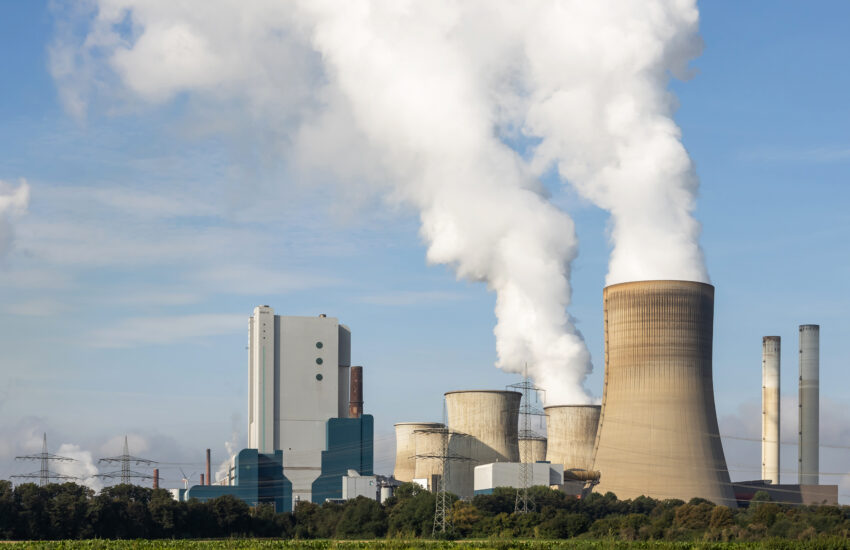Our blog has reported previously on California PFAS regulations, including its watershed laws with novel definitions of PFAS and the noted problems with the total organic fluorine testing method. (Prior CA blog posts on PFAS).
We have also written on California’s PFAS ban in many children’s products and in disposable food packaging (here), California’s requirements on carpet and rug manufacturers to consider alternatives to PFAS, and bans (except under specified circumstances) on any cosmetic product that contains any of several specified …
Continue Reading









